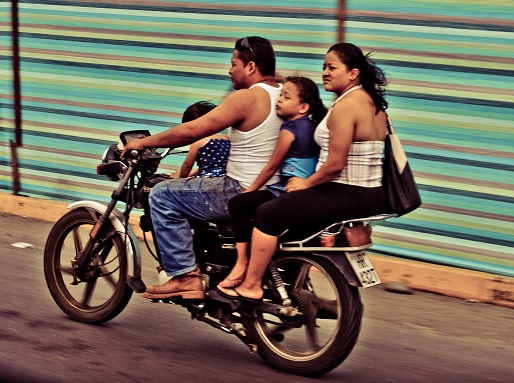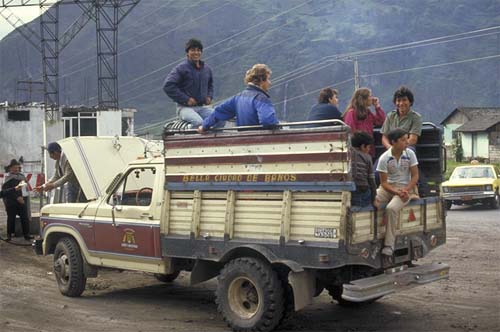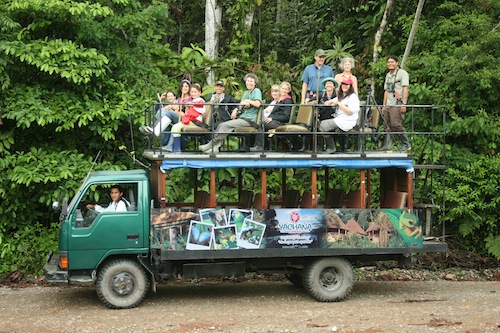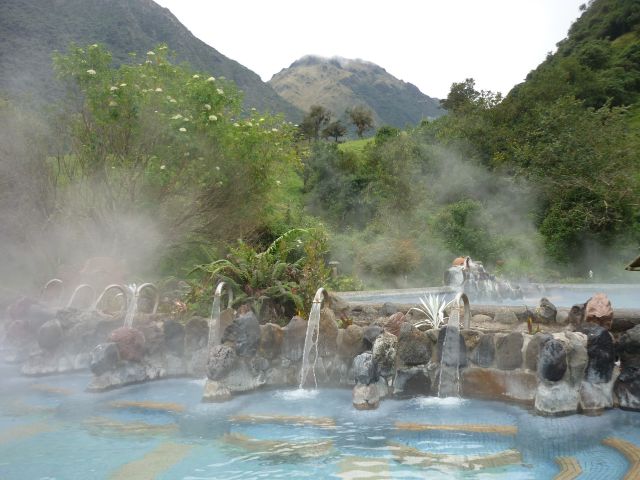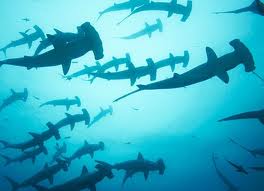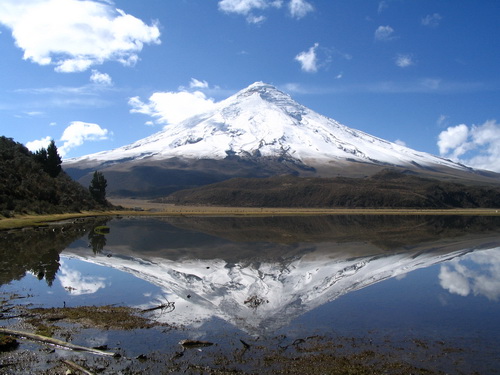Despite its mere 283,561 square kilometers (109483.5 square miles) Ecuador is one of the most diverse and interesting countries on Earth. The amazing variety of nature, cultures, geography, foods, activities, holiday destinations, people and languages makes this tiny country straddled either side of latitude zero a definite stand out destination in South America. You may think I’m biased because I live here, but I have traveled in, lived in or visited 46 countries over the last 33 years, and Ecuador is the only country that has ever inspired me to build a house and stick around for a while. (True story!)
When I began thinking about some of the fabulous things that I love about Ecuador and want to share with others who are interested in visiting, I learned that my friends and acquaintances often feel the same way. Therefore, in the spirit of fairness, before I sat down to write this ten-part series, I asked everyone I know who lives now or has lived or traveled in Ecuador this one simple question: “What is/was the best thing about your experience of Ecuador?” This series is all about their responses.
You might wonder what transport has to do with sightseeing in Ecuador. Most of us can just jump in a bus, on a train, on a plane and go wherever we like. In enormous cities like Los Angeles, for example, many people find it impossible to get around if they don’t have a car. Some places in LA can take so long to get to on public transport that it’s hardly worth the trip. (It once took me 5 hours one way to get to Santa Monica Pier from North Hollywood!) In Ecuador, however, the majority of the population do not own cars. We travel from one end of the country to the other, and beyond on such a vast collection of transport that the mind boggles.
From major centers such as Quito, Guayaquil and Cuenca, it is possible to travel to the furthest, remotest corners of Ecuador on a varied fleet of transport unlikely to be found in many developed countries. The ingenious resourcefulness of Ecuadorians to move people around is unparalleled. True adventurers can find themselves traveling on anything from a simple horse to a luxury tour coach, and everything you could possibly imagine in between. Getting into the deepest Amazon requires light planes and donkeys, along with dugout canoes and a fair bit of Shank’s pony. Visiting the Galapagos Islands is done by air or sea, and traveling between islands on turbo-motor-boats is not for the faint-hearted. The Coast and Sierra are more easily traversed on wheeled vehicles ranging from motorbikes to limousines, and pick-ups to air-conditioned coaches.
When venturing further afield than the main centers, transport can become very interesting. People are piled into the back of pick-ups and whizzed all over the mountains and coastal areas, or shoved into local buses until there is not even standing room. I have hitch-hiked countless times in Ecuador without fear of the usual risks because everyone is hitching and the driver normally receives a small tip for his generosity. Higher-end tourists usually miss out on all this fun riding around on their luxury coaches and limousine taxis but, after seeing the length and breadth of Ecuador on jam-packed local buses with ear-splitting salsa music and blaring kung-fu videos, there is something to be said for a quiet ride in the cool air-con and comfortable western-butt-sized seats with plenty of leg-room. Even so, I wouldn’t miss being tossed around in the back of a pick-up for all the bananas in Ecuador. There’s something wild and free about zooming down the highway, hair flying everywhere.
If you’re going to take the time and spend the money to come to Ecuador for the experience, then I recommend you experience all of it, bongos, moto-tricis, pickups and rancheras included. It’s one thing to look from the window of a bus, but it’s an entirely different thing to feel the wind of the Sierra whipping your face and hear the chatter of the locals – even if you don’t understand it. It’s a whole new realm of potential travel memories and future stories just waiting to be explored. The sights, sounds and smells of Ecuador will take on a whole new meaning when your hair blows around in the back of a ranchera (not to be confused with Huevos Rancheros which can be found on menus in Mexico). Even if you do it only one time during your vacation, it will be worth it. Trust me!
If you’re into adventures and traveling the local way interests you, get in touch with Footprints Ecuador now! We’ll hook you up.



